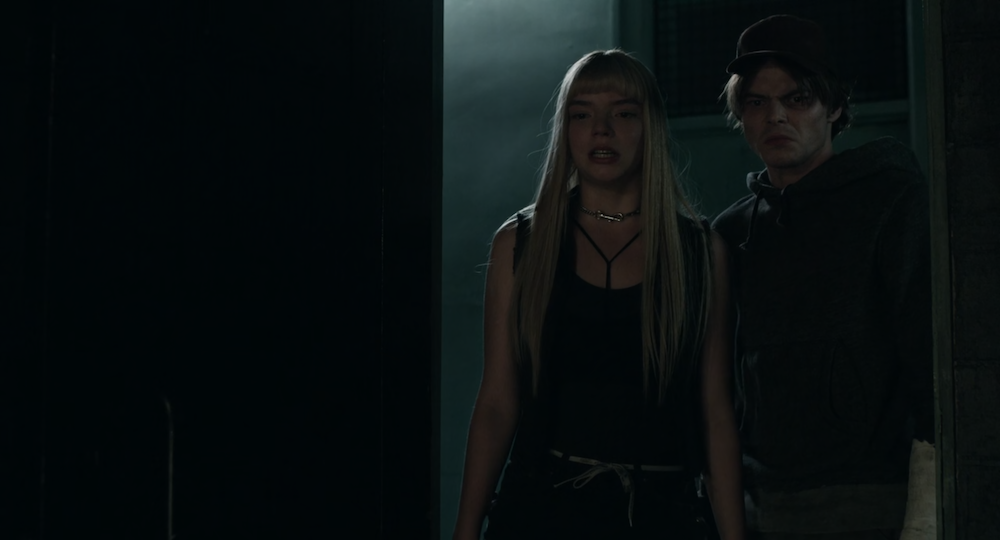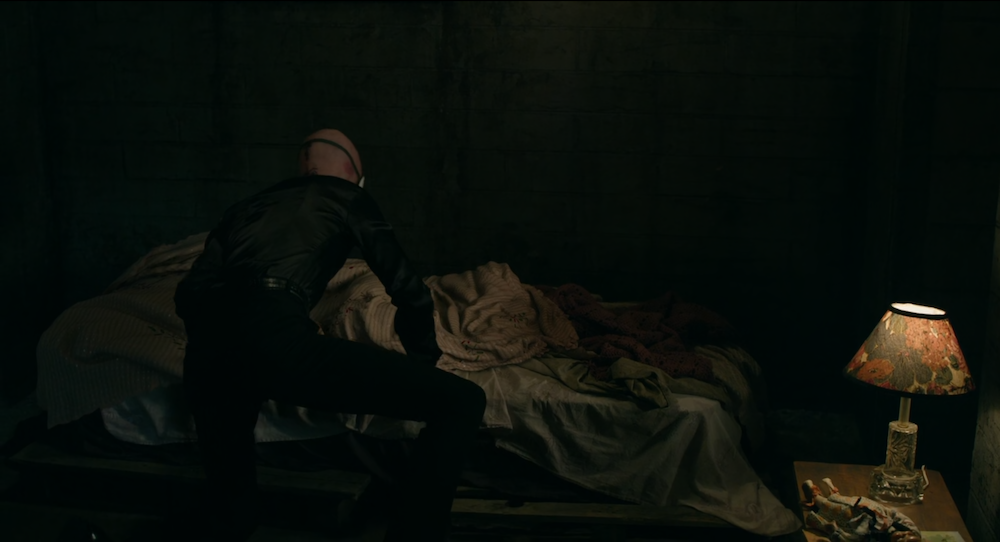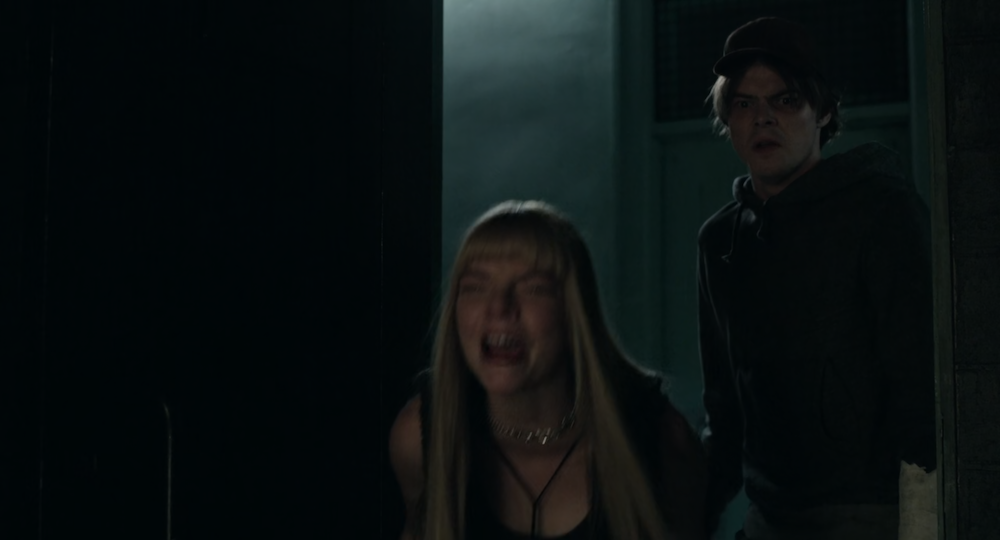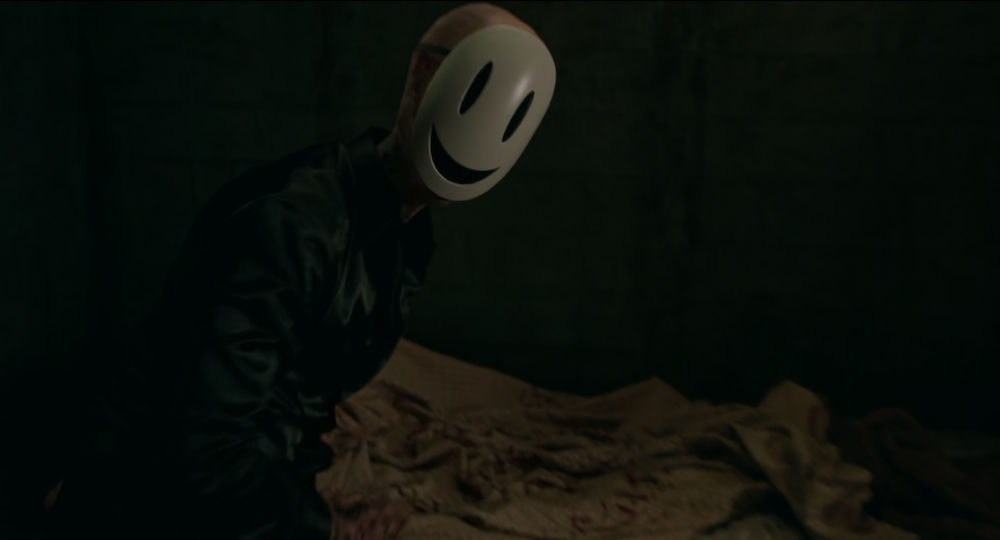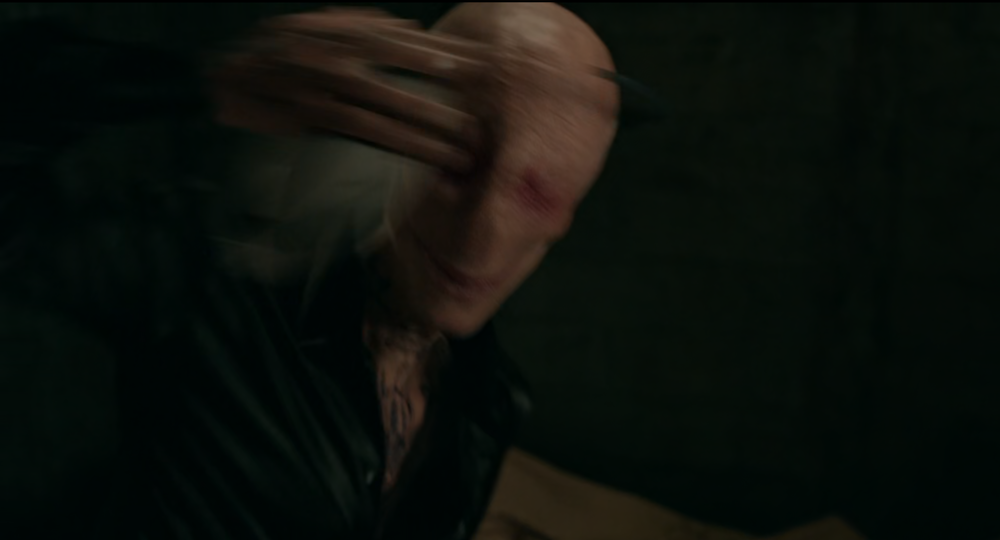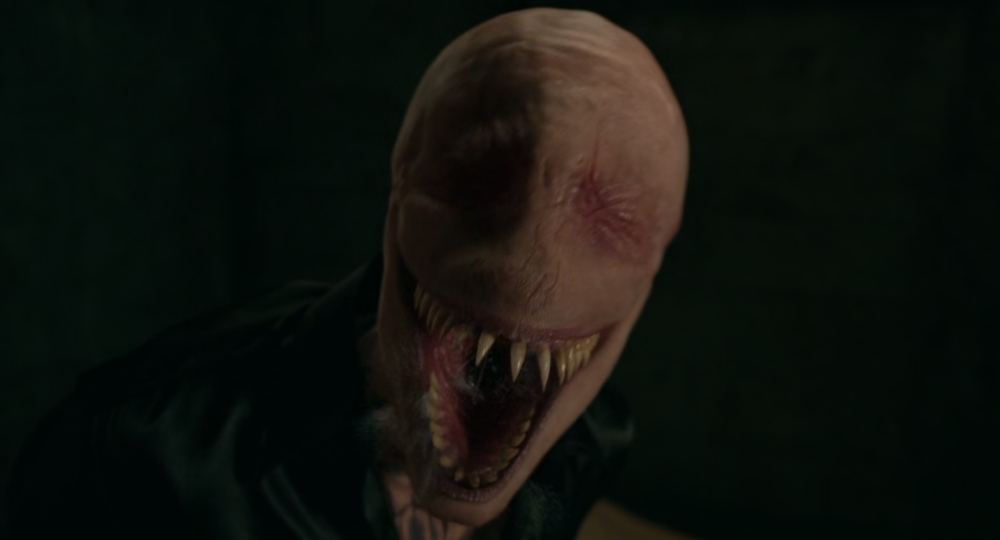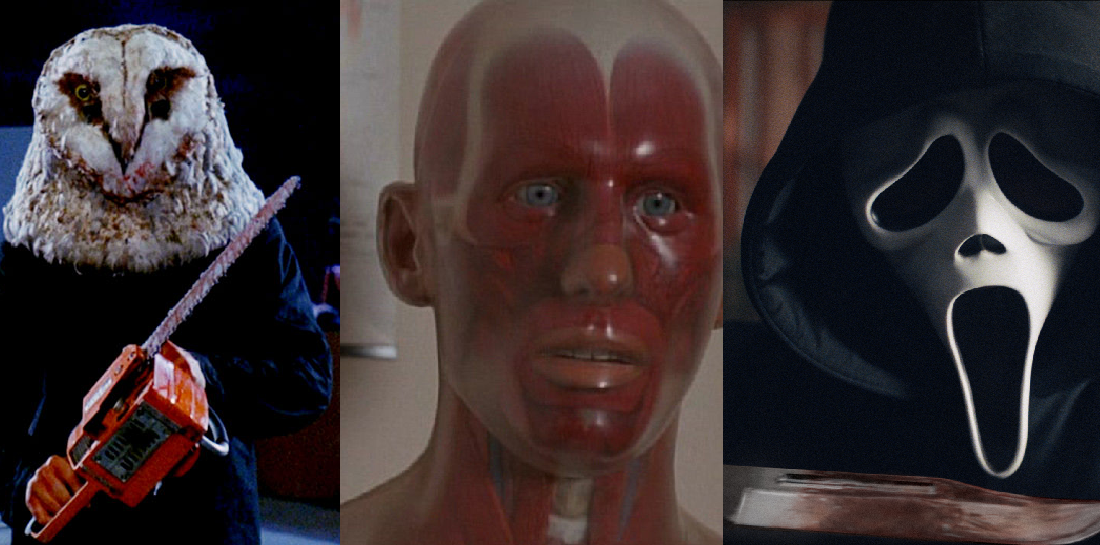Noppera Bo And The Fear of Nothingness
We are moving towards a society that is more respectful and sensitive to how we use labels and identify ourselves. When people are allowed to decide who they are instead of being told, they are generally happier. Identity is monumentally important to our well-being because there is strength, confidence, knowledge, and most of all power in the act of knowing. Whether it is in knowing ourselves, others, or the world around us, the constant drive to know is what propels the world forward. This may sound like some hippy-dippy bullshit that you and your friends come up with when you're getting high in your mom's basement—but hear me out: If knowing is the way to power and enlightenment, then the ultimate primal fear must be the unknown. This makes the Japanese yokai spirit Noppera Bo one of the most frightening folklore legends of all.
The Japanese word “yokai” is simply an umbrella term for spirits and monsters. In this recurring feature, we will be talking about yokai often. Japan's long history of yokai folklore is intended to explain supernatural occurrences, tragedy, coincidence, and sometimes success. Along with being cautionary tales, the invention of yokai culture also satiates the desire to believe that there is order and some sense of justice in the world around us.
The world of yokai is not entirely macabre. There is some fun to be had with cuter creatures like the Tanuki, a shape shifting raccoonish animal often depicted with enormous testicles.
This creature is so commonplace in Japan that it was the center of the Studio Ghibli movie POM POKO. This yokai is usually depicted with the intent of pursuing recklessness, mischief, or absentminded pleasure.
With traits like these, of course it's male! (I'm kidding. I also have enormous balls and enjoy absentminded pleasure, and I'm quite the woman.) My point here is that not all the yokai depicted in popular culture are meant to be scary. But it does make those that are seem even more so. For as irreverent and lightheaded as the Tanuki is, the Noppera Bo is equally morbid and devastating.
The Noppera Bo is a faceless yokai that can imitate the face of those familiar to you to lower your guard down before it attacks. In legends, the victims are often alone, lured in by thinking they recognize someone intimate to them.
Once the victim comes in close enough for the kill, the last thing they see is the face of the Noppera Bo go featureless to reveal a smooth surface of nothingness. What grand betrayal and intense heartbreak to be killed by your love for someone close to you.
While not necessarily as gory a death as other yokai have been depicted, it is mentally and emotionally one of the most upsetting.
There is a Noppera Bo variation you may be more familiar with, and this is the No-Face or Noh Face. It is the representation of a face but with no movement or ability to change expression.
A much-loved example of this is No-Face from Studio Ghibli's SPIRITED AWAY.
Noh theater, and the many oni (demon) masks used in Japanese media are portrayed as expressionless. In fact, No-Face's official name is Kaonashi which translates into “faceless.” The idea here is interchangeable. Whether it has no face or an unchanging one, the identity cannot be known. That is the source of the fear and danger.
There are three ways we can analyze the fear of Noppera Bo. Its power to give false impressions, the fear of the expressionless, and the fundamental fear of having no face at all. You've seen many versions of Noppera Bo in both Eastern and Western cinema. INVASION OF THE BODY SNATCHERS and IT FOLLOWS are great examples of being pulled in by someone close to you. In these instances, the Noppera Bo consumes the identity of someone you know and transforms it into an unknowable entity. This may be the most despicable way the Noppera Bo operates, because using someone's vulnerability to trap them feels especially evil. There are rules you know! Even the Devil has boundaries—looking at you THE PROPHECY (1995). (I love the way Viggo Mortensen delivers the line, “that's one hell too many.”)
The Noppera Bo alternate, Noh Face, and lack of expression are also prominent tropes in the horror genre. Pin from PIN, Ghostface of the SCREAM franchise, the Owl from STAGEFRIGHT (1987), and, except for darting eyes, Michael Myers, Jason Voorhees—you know, any killer with a mask. I think the factor that scares us the most about a mask or an expressionless face, isn't so much that you don't know what's underneath, but that you also have no way to read it or have any hint as to how to anticipate it.
At the end of the day, if you were to take off the mask Scooby-Doo style, and it's just Old Man Roger from the Ferry, does knowing that make any difference that he's chasing you? Not really, but if you could read his face, you might have a chance to figure out your next move. Does anything specific trigger him? Is he really knocked out? I'm not walking away from Ghostface supposedly unconscious knowing full well he could just be laying there pretending dead and I have no way of knowing. Again, knowing is enlightenment!
The most basic and impressive visual fear of the Noppera Bo is in the faceless form. There is something so inherently unnatural about a creature that has no freaking face. A terrific example of this can be found in the 1968 film, YOKAI MONSTERS: 100 MONSTERS from Japan. The reveal to nothingness is simple but effective. This is so well understood in Japan that Silent Hill game designer Masahiro Ito made many of his monsters faceless or featureless. The nurses in Silent Hill are infamous, and maybe a sign that you don't always need the prettiest face, or a face at all to be considered hot (but still scary!).
In the movie adaptation, the first monster Rose meets is an armless and faceless creature. Hell, Pyramid Head doesn't even have a head, and he's pure nightmare fuel.
By not having any features to read and being faced with something our brain can't comprehend as possible, faceless equals feeling helpless in a horror movie.
I think that helplessness is a foundation of fear.
If we don't know, we can't prepare. If we can't prepare, we can't be confident that we'll be okay. If we are unsure we are going to be okay, then we are going to be scared.
So, when faced with your fear (pun intended) and it has no freaking face, what the hell are you supposed to do?!?
Maybe the Buddhists watched a lot of horror movies and got it right on this one. Maybe the path to Nirvana, to overcoming fear and finding inner peace is learning to not fear nothingness and instead embrace the unknown. It worked for Rose in SILENT HILL. At some point she stopped screaming at all the new monsters, and she accepted she was in an unknown world. Then she got over it and trusted her instincts instead. Noppera Bo has nothing on her courage and her sense of who she was (a mother). Noppera Bo is easily one of the scariest folklore creatures of Japan, because it represents the danger of the unknown. But there's a lesson to be learned from this yokai, and that is we have so much power in identity and just figuring out who we are and trusting ourselves instead.
